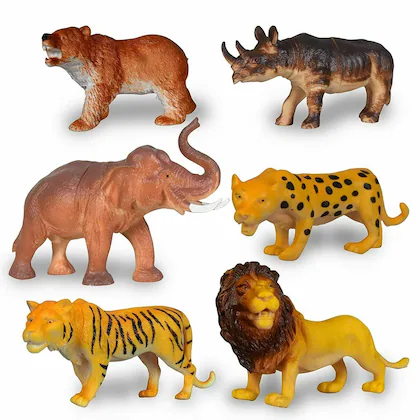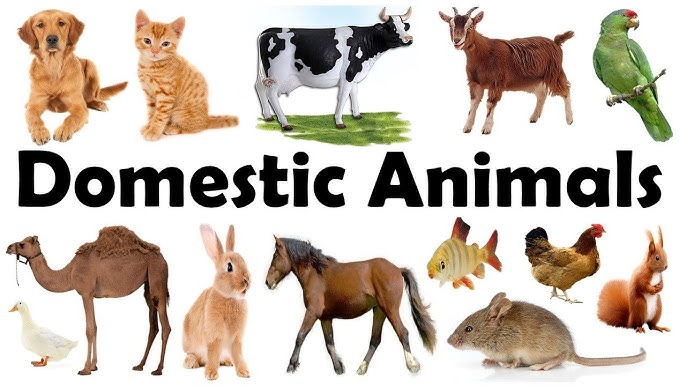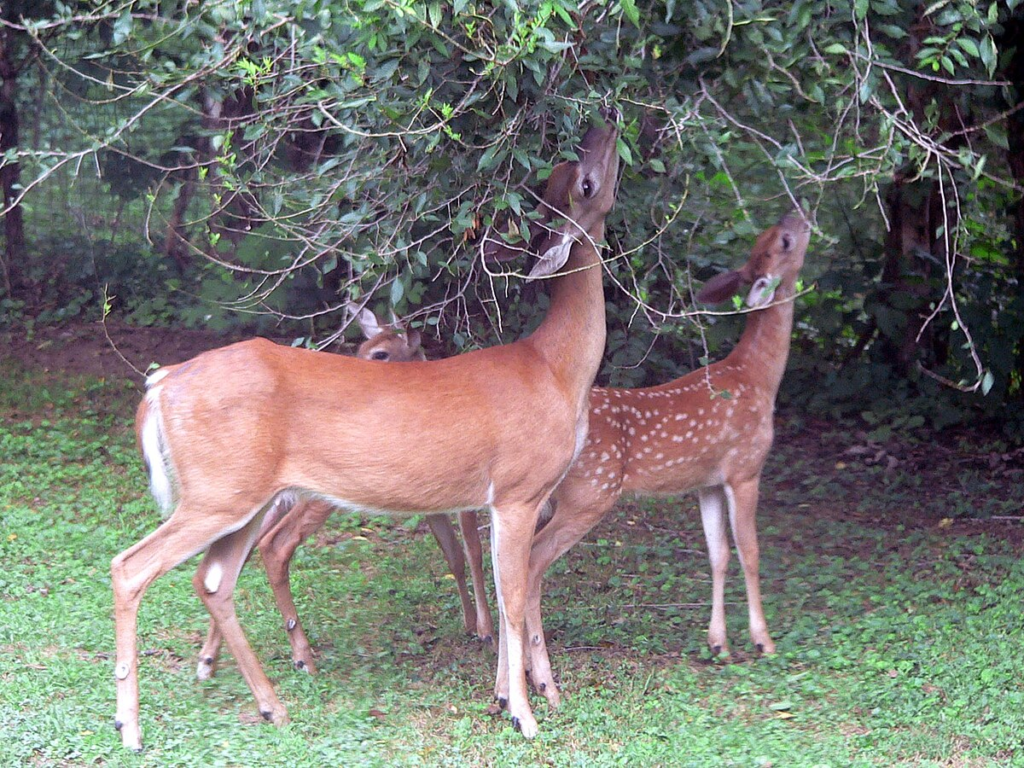Land Animals
key notes:
What are Land Animals?

- Animals that live and spend most of their time on land are called land animals.
- Examples: Lion, tiger, elephant, dog, cat, rabbit, etc.
Features of Land Animals:
- They have legs to move, walk, or run.
- Some have fur or thick skin to protect them from the environment.
- Most breathe through lungs.
Types of Land Animals:
- Wild Animals: Live in forests or jungles (e.g., lions, tigers, deer).

- Domestic Animals: Live with humans and can be kept as pets or for work (e.g., dogs, cats, cows).

- Farm Animals: Help with farming or provide food (e.g., cows, goats, sheep).

Food Habits:
- Herbivores: Eat plants (e.g., deer, elephants).

- Carnivores: Eat other animals (e.g., lions, tigers).

- Omnivores: Eat both plants and animals (e.g., bears, humans).

Adaptations:
- Some animals, like camels, are adapted to live in deserts with less water.
- Others, like polar bears, have thick fur to survive in cold regions.
Importance of Land Animals:
- Provide food, clothing, and transportation.
- Help maintain the balance of nature by being part of the food chain.
- Serve as companions and pets.
Fun Facts:
- Giraffes are the tallest land animals.
- Elephants are the largest land animals.
- Kangaroos hop to move around and can leap long distances.
How to Protect Land Animals:
- Do not harm animals or their habitats.
- Help preserve forests and natural reserves.
- Avoid polluting the environment.
Let’s practice!🖊️

